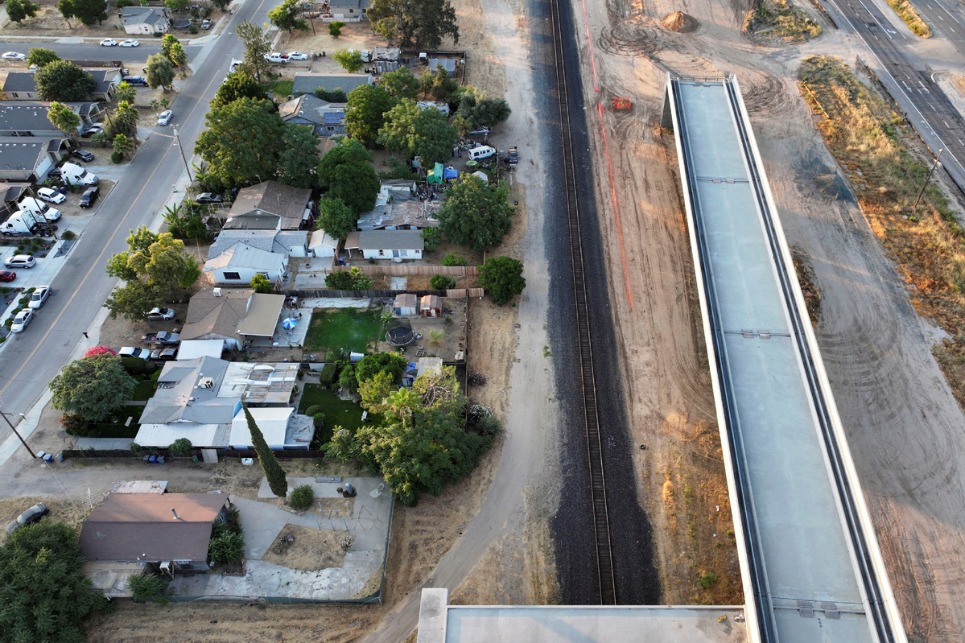As temperatures rise, poisonous snakes move to high-altitude valleys in Nepal

In the past one and a half months, 10 highly venomous snakes — nine king cobras and a monocled cobra — have been rescued from various locations in the Kathmandu Valley, Nepal.
Both the snake species, common in Tarai districts, especially in the summer season, have now started to appear in the hilly and mountainous areas as well.
Officials of Dakshinkali confirmed to The Kathmandu Post that nine king cobras were recently rescued from four different locations-Gopaleshwor, Bhanjyang, Sankhu and Phulchowki areas.
"Those snakes were rescued from houses and compounds with the help of a snake rescuer and were released in the nearby forest," said Jaya Thapa Magar, chair of the municipality's ward 1. "Locals have also found king cobra eggs and nests in nearby jungles."
What worries experts is that venomous snakes are not only starting to slither into hill and mountain areas but are also adapting and settling in the regions. Global warming might be behind the phenomenon, they say.
Nepal is one of the countries most vulnerable to the climate crisis and has witnessed extreme weather events over the past decade and a half.
Evidence indicates the maximum temperature in Nepal is rising at a greater rate — 0.05 degrees per year — than the minimum temperature — 0.03 degrees per year.
Meteorologists said that compared to the districts of the Tarai region, hilly and mountainous districts have been witnessing a faster rise in maximum temperatures.
Subodh Acharya, a snake rescue trainer from Mithila Wildlife Trust, Janakpur, said that king cobras have been rescued from several valleys.
"These snakes might have come to the valley with logs and hay in trucks but have already made habitats here," Acharya said.
Acharya, who rescued all the venomous snakes — king cobras and monocled cobras — said that people should be cautious while they are in forests, as rescued venomous snakes have been released there.
Incidents of snakebite and resulting deaths are common in Tarai districts in southern Nepal during the summer.
Each year, around 2,700 people, mostly children and women from Nepal's Tarai region, die of snakebites, according to a March 2022 report published in The Lancet, a leading international medical journal.
However, snakebite cases are vastly underreported in the country. Incidents are also common among cattle, and thousands of farmers are affected yearly.
The government has committed to reducing 50 percent of deaths and disabilities through snakebite envenomation, or poisoning by snake venom, by 2030, the national target aligned with the World Health Organization's snakebite roadmap.
Raising awareness
Herpetologists and public health experts emphasize the urgency of raising awareness and training local health workers to meet this crucial health goal.
Along with awareness, health workers serving at the local level should be trained to deal with snakebite cases, and people should be encouraged to rush victims to health facilities immediately following a snakebite, as 80 percent of deaths from snakebites occur before reaching hospitals, according to them.
Experts say authorities must also strengthen health infrastructure to achieve the target. Due to poor infrastructure in healthcare facilities — lack of doctors, anti-snake venoms, ventilator support systems, and kidney dialysis facilities — dozens of people die from snakebites every year.
While health facilities are ill-equipped and face shortage of anti-snake venom, many people in rural areas lack awareness and often consult shamans instead of physicians. Shaman is a priest or priestess who uses magic to cure the sick.
Doctors say women who go to the fields to collect fodder, farmers working in plantations or during harvest, and children who play in open areas are more vulnerable to snakebites. Poor people living in thatched-roof houses are also highly vulnerable to snakebite, as snakes enter such homes in search of rats, their food.
Experts say there should be a greater awareness drive on keeping homes and surroundings clean, preventing children from playing in bushes, and avoiding walking out at night. If absolutely necessary, people must use torchlights when walking in the dark.
The Ministry of Health and Population of Nepal said that it has expanded treatment centers to around a dozen places in the hilly regions to address the growing number of snakebite cases.
The Kathmandu Post, Nepal































